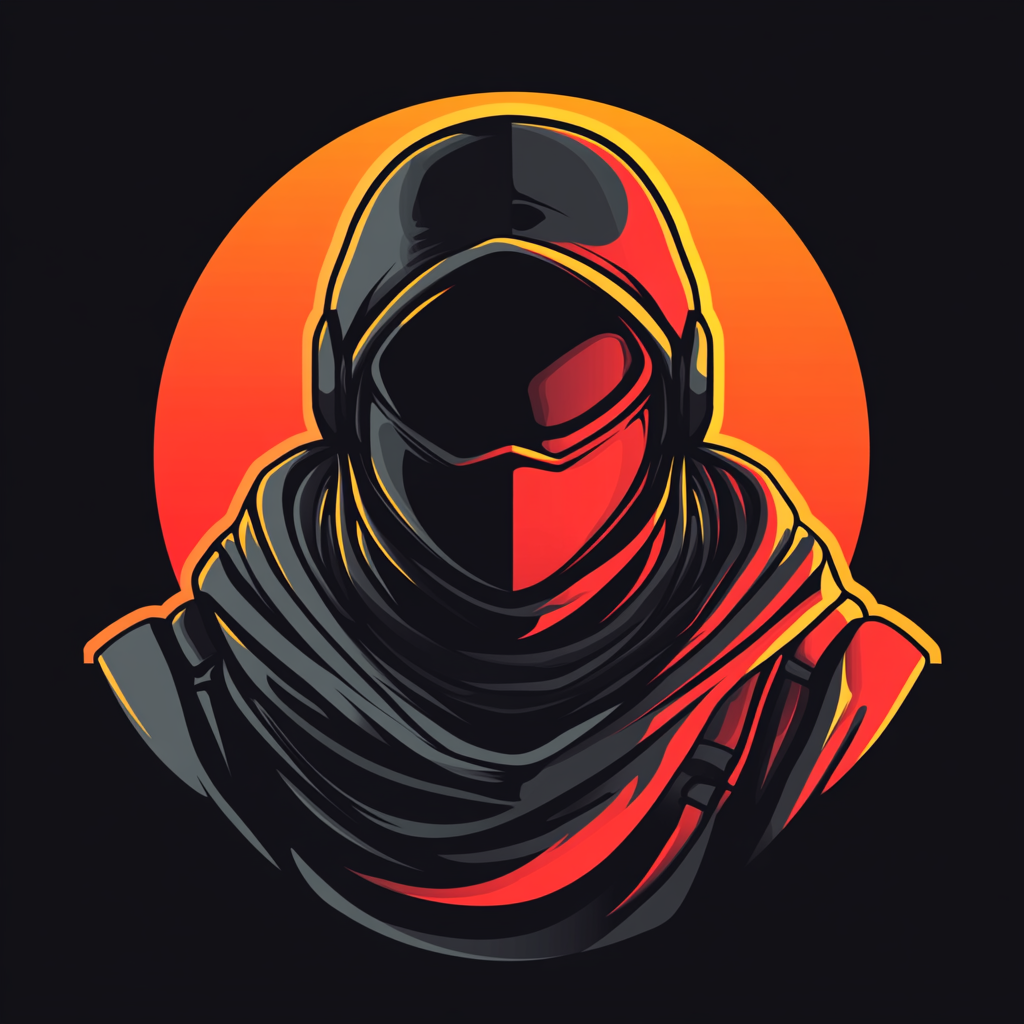How CS Skins Are Created and Added to the Game
In Counter-Strike, skins aren’t just cosmetics — they’re culture. With millions of players trading, collecting, and inspecting them daily, skins have become a central part of CS identity. But have you ever wondered how these designs come to life and make their way into the game?
The Birth of a Skin: From Concept to Creation
It all begins with an idea. Artists and designers sketch out concepts for weapon finishes, often inspired by art, nature, geometry, fantasy, or even historical themes. These aren’t random doodles — each concept is carefully thought through with weapon shape, surface, and lighting in mind.
- Concept Art: Initial design and theme exploration using Photoshop or digital tools.
- 3D Texturing: Applying designs to 3D weapon models using tools like Substance Painter or Blender.
- In-Game Preview: Designers use Valve’s CS2 Workshop Tools to test how the skin looks under game lighting.
Submitting Skins to the Workshop
Once the skin is ready, it’s uploaded to the Steam Workshop, where the CS community can view, rate, and provide feedback. Designers often submit multiple skins with different rarity tiers or variants (e.g., Minimal Wear, Factory New).
Each skin entry includes:
- High-resolution previews
- 3D inspection models
- Pattern indexing (for randomized textures)
- Creator credits and backstory
Selection by Valve: Quality, Popularity, and Fit
Valve regularly reviews Workshop submissions. While popularity matters, quality and uniqueness are key. Skins selected for official cases must follow strict rules: no copyrighted material, no offensive imagery, and technical polish.
| Selection Criteria | Importance | Notes |
|---|---|---|
| Visual Appeal | High | Should be stylish, readable, and attractive in gameplay |
| Originality | High | Valve avoids repetitive or copycat designs |
| Technical Quality | Medium | Good texture resolution, no mapping issues |
| Community Feedback | Medium | Positive votes and comments improve visibility |
Skins in Cases: The Official Release
Selected skins are bundled into cases (e.g., Revolution Case, Prisma Case) and categorized by rarity — blue (common), purple (rare), pink (very rare), and red (covert). Knives and gloves are also paired with special finishes.
Creators whose skins are chosen receive a portion of the revenue when players open cases containing their skins. Some top creators have made six-figure incomes from Workshop items.
Fun Facts
- The AK-47 | Fire Serpent was originally designed by community artist “ValveTime” and sold for over $30,000 in StatTrak™ Factory New condition.
- More than 25,000 skin submissions exist on the Workshop.
- Valve sometimes reaches out to creators directly for upcoming cases or themed collections.
The Future of Skin Design in CS2
With the Source 2 engine, skin creation is evolving. Improved shaders, materials, and lighting allow artists to experiment with metallic finishes, reflections, and dynamic visuals. We’re entering an era where skins are not just textures — they’re experiences.
Whether you’re a collector, trader, or casual player, remember: behind every skin lies the vision of a passionate artist, the feedback of thousands of fans, and a process that brings color and creativity to the battlefield of CS.
